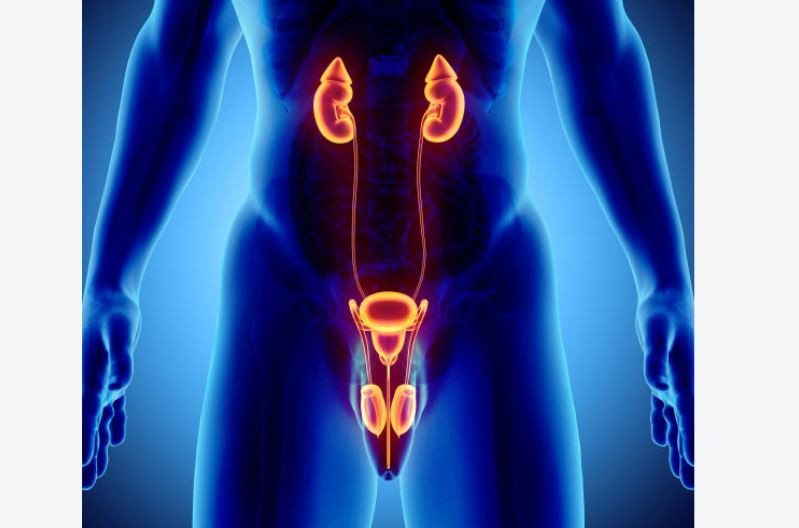Imagine being put under anesthesia 16 times, each time hoping for relief, only to wake up to the same painful reality. Being cut open and stitched up repeatedly, with promises that things will get better only for the pain, swelling, and urinary retention to return again and again.
For many, passing urine is a simple, taken-for-granted act. For Collins Kipng’etich, a 24-year-old from Kericho County, it has become a daily struggle filled with anxiety, shame, and frustration. His story is one of resilience in the face of a rare and persistent medical challenge.
From birth, Kipng’etich was diagnosed with penoscrotal hypospadias, a condition where the urethral opening is misplaced, located on the underside of the penis, sometimes near the scrotum. This congenital defect affects the normal flow of urine and the appearance of the genitalia. In his case, the opening was far from where it should be, causing difficulty urinating and deformity.
His first surgery, a reconstructive procedure known as urethroplasty, was performed when he was just one year old. The hope was that early intervention would correct the issue. However, despite multiple surgeries over the years, Kipng’etich continues to endure the complications of this condition.
Between infancy and 2014, he underwent seven surgeries, which temporarily improved his ability to urinate normally. But by 2016, problems resurfaced. Scar tissue began to form inside his urethra, causing blockages and repeated obstructions.
Each surgery brought temporary relief but also led to new complications. Over time, Kipng’etich developed recurrent urinary tract infections, which added to his discomfort and made urination even more painful and difficult. The medications intended to help sometimes worsened his symptoms.
In total, he has undergone 19 surgeries without a permanent solution. Now, he is preparing for his 20th operation, clinging to the hope that this time, things will be different and he can finally experience the normalcy others take for granted.
This long battle has taken a toll not only physically but emotionally and mentally. Kipng’etich describes feeling trapped in a “psychological prison” that has eroded his self-esteem and confidence. The constant medical interventions and social stigma have isolated him, leaving him longing for a life free from pain and embarrassment.
At one point, his urethra became completely blocked, requiring surgery to open it again a temporary fix that did not last. In 2019, another obstruction was discovered, leading to yet another surgery.
According to urologists familiar with such cases, urethral strictures narrowing of the urethra due to scar tissue are common after hypospadias repair, especially in complex or proximal cases like Kipng’etich’s. The more extensive the reconstruction, the greater the chance of complications such as fistulas, where urine leaks from unintended openings.
Urethral strictures are the second leading cause of urinary obstruction after an enlarged prostate and can arise from infections, trauma, or as a congenital condition. When left untreated or improperly managed, these strictures severely impact quality of life.
Experts emphasize the importance of early diagnosis and treatment, ideally within the first year of life. Surgery to correct hypospadias typically involves straightening the penis, releasing any tissue causing curvature, and reconstructing the urethra to reposition the opening at the tip of the penis. Skin flaps or grafts may be used to create a new urethra.
Simple cases with the opening near the head of the penis often require a single surgery. However, more severe forms, where the opening is near the scrotum, usually need staged procedures over several months.
Kipng’etich’s story highlights the challenges faced by patients with rare congenital conditions that require complex, repeated surgeries. It also underscores the need for specialized centers with expertise in managing such difficult cases to improve outcomes and reduce the cycle of surgeries and complications.
Despite everything, Kipng’etich remains hopeful. His courage in the face of ongoing pain and uncertainty is a testament to the human spirit’s resilience. He longs for freedom from pain, a chance to live like others his age, and the simple dignity of a life uninterrupted by illness.
His journey is far from over, but with each surgery, there is a glimmer of hope that one day, he will finally overcome the odds and regain control of his life.

